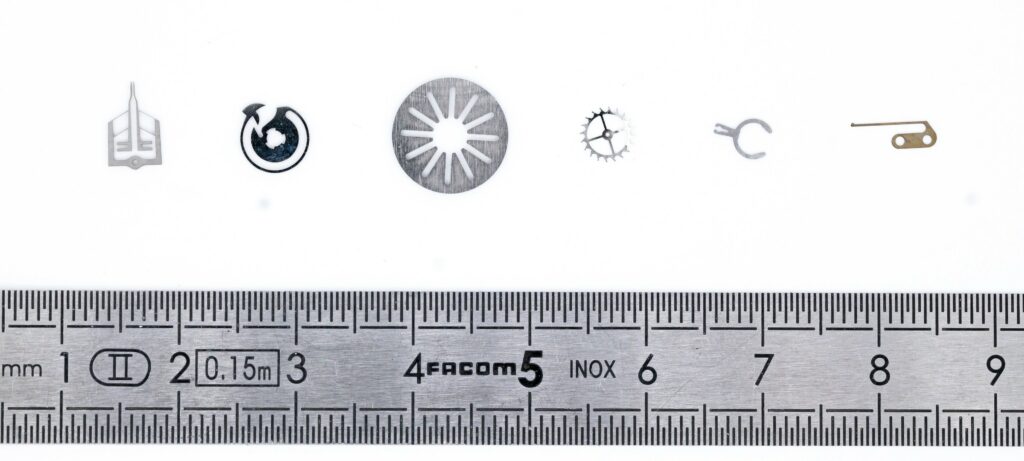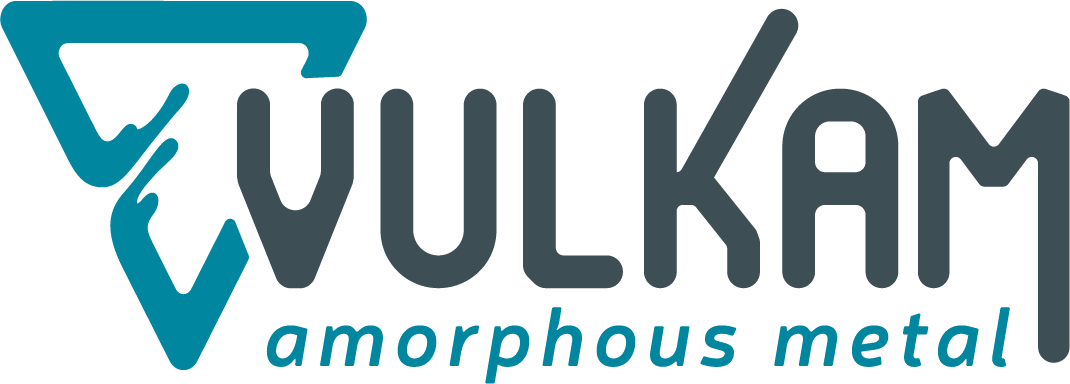
Innovative alloys: amorphous metal alloys are opening up a new era in metallurgy
For a long time considered a mature science, metallurgy is currently experiencing a renaissance.
Thanks to amorphous metal alloys, a new generation of innovative alloys is pushing the limits of strength and durability.
These metals with a disordered atomic structure could well transform the way we design the materials of the future.
What is an amorphous metal alloy?
Amorphous alloys, sometimes called metallic glasses, differ from conventional metals in their disordered atomic structure.
Where traditional metals form regular crystals, amorphous alloys have a random organization, similar to that of glass.
This unique feature gives them exceptional properties:
- High hardness and strength, superior to many steels
- Excellent elasticity, ideal for deformation parts (springs, flexible blades).
- High resistance to corrosion and wear.
Properties common to amorphous alloys:
Hardness >500 HV (often higher than steel)
Yield strength ~2% (compared to 0.2% for conventional steels)
- Corrosion resistance linked to atomic structure


- An amorphous alloy is a metal that has been “frozen” before it crystallizes.
- The result is a homogeneous material that is stronger and more flexible.
- Do not confuse structure with properties:
Vulkalloys® have a structure similar to glass but different properties. For example, they are much more resistant to impact.
Why are we talking about innovative alloys?
Because they open up unprecedented possibilities in several areas.
The term “innovative alloys” now refers to metallic materials that improve mechanical, thermal, or environmental performance.
Amorphous metallic alloys are the most promising example of this, as they are revolutionizing the way we think about metals.
Here are a few areas where they are already changing the game:
Medical
Miniaturization, biocompatibility, and high fatigue resistance
Watchmaking/ luxury goods
Precision, durability, and exceptional surface quality
Defense/Aerospace
Weight reduction and increased fatigue resistance
A new generation of customized metals
Recent advances in additive manufacturing, injection molding, and thermomolding are paving the way for the gradual industrialization of amorphous alloys.
- Processes are becoming more flexible and reproducible, with the ability to produce complex shapes with high precision.
- Production costs are falling.
- And applications are expanding to include functional parts, sensors, and transmission systems.

Examples of parts made with Vulkalloys®
Conclusion
Amorphous alloys aren’t just a technical advance: they symbolize a new way of thinking about materials.
By combining precision, durability, and performance, they announce a new era for metallurgy and microtechnology. This synergy between the unique properties of the material and the mastery of transformation processes paves the way for a true industrial revolution.
At Vulkam, this vision is being realized through Vulkalloys®, a generation of amorphous metal alloys designed to combine exceptional performance with controlled industrialization.
When are you switching to Vulkalloys®?
Let’s discuss your projects and explore how Vulkalloys® can transform your components and industrial performance.
